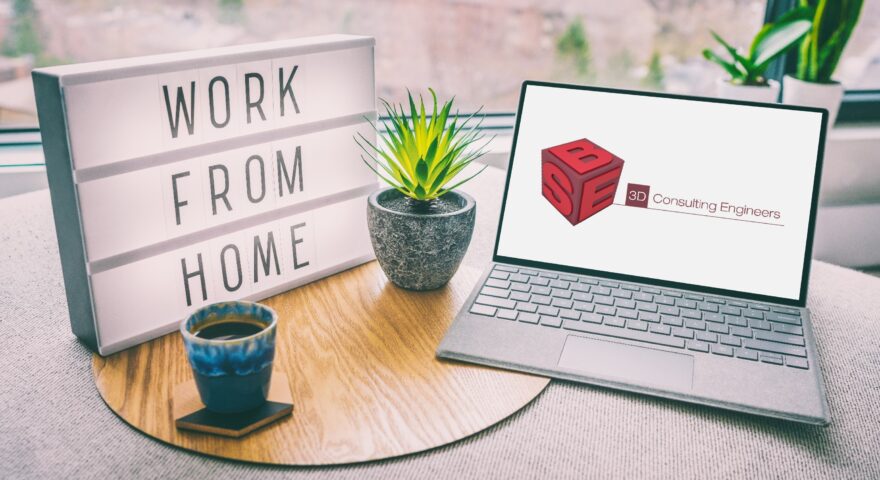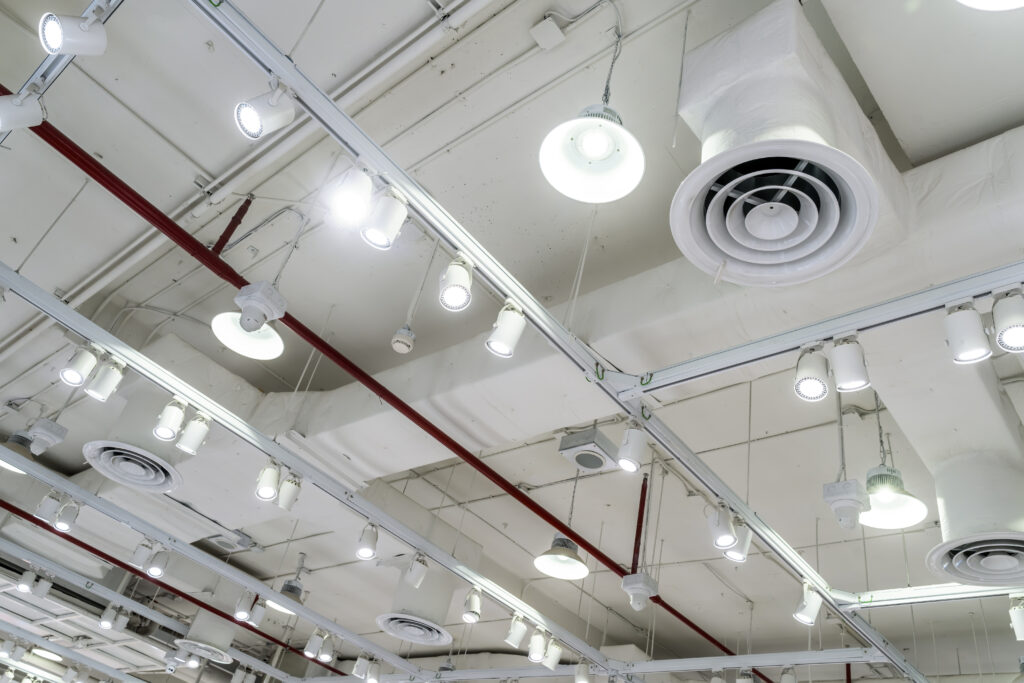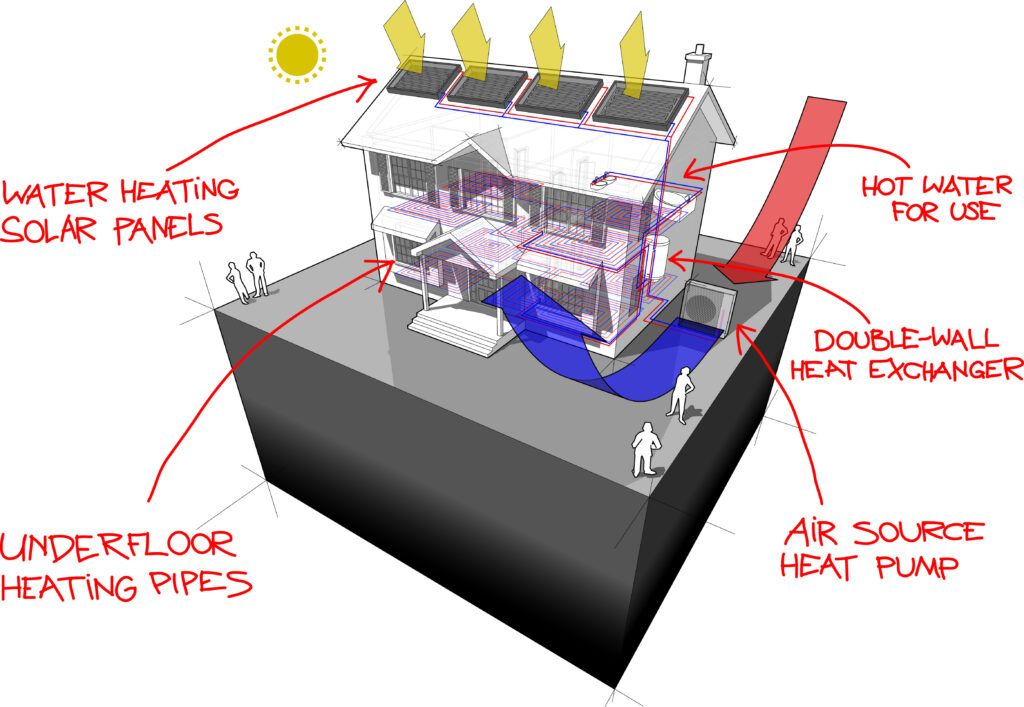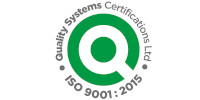Newsletter February 2021

A 2021 welcome from our Managing Director
A belated very Happy New Year from the BSE 3D team! What a journey 2020 was… emerging from the plethora of food and drink and from the seemingly ‘eternal’ comfort of our own homes due to Covid-19 locking us down. We feel proud once again to be British, as we help lead the way in not only pharmaceutical prowess and medical device manufacturing but Building Services Engineering as well!
It has been a challenging year, but with the use of the Microsoft, Google and other software suites and remote working techniques, we are pleased to report that BSE 3D have successfully developed engineering designs for various organisations across the world during lockdown. These include data centres in the middle east where the local governments recognise the UK as leading specialists, hotels and office buildings in Europe where UK design and co-ordination is second to none on the world stage. The UK government is again leading the way to drive UK carbon emissions downwards through investment in and encouragement to the public with the Green Homes Grants and Renewable Heat Incentive (RHI) schemes.
During the last year BSE 3D have continued to invest in our undergraduates, and I am pleased to report we will be visiting universities again this year with a view to take on graduates for our London and Sussex offices. If your son or daughter are looking for a career in building services please ask them to contact us, as we will also be looking for a new apprentice for the Sussex office.
I have had many clients ask me what they need to do with their building services operations with regards to Covid-19, including FM companies. Below is a summary of some of the advice given:
Q: Client with a large Hotel building. What do I need to do?
Answer: Generally, at this time, preventing contamination and protecting public health is more important than thermal comfort. In buildings without mechanical ventilation, the use of openable windows is recommended, even if this causes thermal discomfort. Consideration of which windows are opened may mitigate draughts etc. by partial opening of higher-level windows only where possible during colder periods. In some areas with mechanical ventilation systems, extended operation times are recommended.
Q: We have a demand-controlled ventilation system for our office, do I need to make changes?
Answer: Change CO2 setpoint to a lower, 400 ppm value in order to assure the operation at nominal speed. Keep the ventilation on 24/7. Transient areas such as stairs and corridors with no ventilation should have windows or doors opened to allow dilution ventilation wherever possible. However, fire doors should not be propped open and open windows at ground level may introduce security risks, which should be assessed.
Q: We have an office building with minimum occupancy, what should we do?
Answer: In buildings with mechanical ventilation, window airing can be used to further boost ventilation, but the balance of air within the building envelope has to be considered to ensure no infiltration of foul air from washrooms enters other parts of the building when doors are opened to gain access.
In buildings quipped with centralized humidification, studies have shown that maintaining humidity can have significant impact on the human body and its ability to fight off viral attack. This is due to the strengthening of the respiratory system’s immune defences and the extended viability of the virus itself both in terms of the rate of evaporation of the aerosol particles and the deactivation of the virus. This is true of covid-19 but also other seasonal respiratory ailments such as influenza. Exhaust ventilation systems of toilets should be kept on 24/7, and relatively negative pressure must be maintained in the room air to help avoid faecal-oral transmission.
Q: We have a Thermal Wheel AHU serving an office, do we need to switch it off?
Answer: Contrary to popular belief, properly constructed, installed and maintained rotary heat exchangers have almost zero transfer of particle bound pollutants including air-borne bacteria, viruses and fungi. Therefore, there is no need to switch rotary heat exchangers off. Normal operation of rotors actually makes it easier to keep ventilation rates higher and keeps carbon emissions lower.
I hope you are all keeping safe and look forward to a better year once everyone is vaccinated.
’BSE 3D have successfully developed engineering designs for various organisations across the world during lockdown’

Looking to the future and cutting carbon emissions
As winter sets in, we shiver and turn to the wall thermostat but now is the time to reflect on the climate around us whether you work from home, a factory, a distribution centre, a hospital, a school, a care home, outside or in an office. Despite a new lockdown induced by Covid-19, we would do well to remember that the government announced in mid-November the 10-point plan for a “green industrial revolution”. This set out ambitious goals to transform our energy, transport and built environment sectors as the UK seeks to meet targets to eliminate net greenhouse gas emissions by 2050.
The government’s plan is looking to offer funding to support further development of hydrogen, electric vehicles and carbon capture and extends the Green Homes Grant for a further year. There is also an intent to deliver hydrogen to homes by 2030, and the widely reported commitment to electric vehicles. Further points commit to offshore wind and new nuclear generation, as well as carbon capture, innovation and finance.
BSE 3D are employed by our clients to deliver well performing, safer and more energy efficient buildings. This requires us to connect various policies, each of which is important in their own right, but when taken together and truly integrated can deliver more than just the sum of the parts.
Clients are turning to BSE 3D, especially when working across different government departments and agencies, as the building services engineer has the capability and the competence to bring co-ordinated building design together. The engineering challenge is engineering integrated systems. There is an urgent need for our work to continue implementing on building safety, changing the culture and practices of our industry, delivering and retrofitting greener buildings, and health and wellbeing. This is as well as the evolution of the energy supply system and its localised delivery networks, to be viewed in a systemic way and not as a series of independent parts.
Now that we have exited the European Union, we all need to be positive and support government, companies, and each other to help make reducing carbon less of a cost burden and more about a lifestyle choice. We need to recognise the opportunity that improving and greening our buildings and infrastructure now offers as this will create new employment opportunities! Through our networks, BSE 3D are looking to strengthen the engineering connections and demonstrate what we can do to improve our buildings and the potential for many of those jobs to be in engineering.

Ventilation systems
There was a growing awareness of the importance of ventilation, further highlighted by the latest government video on ventilation at home late last year. The law requires employers to ensure an adequate supply of ‘fresh air’ in the workplace and this has not changed during the pandemic.
However, while ventilation is important for reducing levels of infectious material in the air, it is also critical to the performance of our buildings, diluting odours and emissions from some of the contents of our homes and workplaces, controlling moisture content, and maintaining thermal comfort.
BSE 3D have, over the years, witnessed CO2 levels within buildings such as hotel bedrooms and school classrooms exceed 2800 ppm. With poor ventilation, the concentration of any virus increases and with it the chances of you being infected. Simply opening the window in the winter allows warm air out and cold air into the building and whilst the ventilation may be effective the consequential heating costs would be detrimental.
Therefore, mechanical ventilation with heat recovery is often preferred. During the last nine months we have seen an increasing request for advice for all types of buildings where as specialists we are designing and engineering the most cost-effective solutions.

Heat Pumps
Renewable technologies are a good way forward in reducing our carbon footprints and the government’s Green Homes Grant is an incentive for homeowners and private landlords to upgrade their existing heating systems to more energy efficient technologies. The scheme runs until March 2022 and is provided in the form of vouchers towards the overall costs. The government will pay 2/3 of the energy efficient home improvements. The grant is capped at £5,000 or for eligible homeowners. However, on qualifying benefits this is grant capped at £10,000 (confirmation will be sort upon an application).
To be eligible, the property must hold a current Energy Performance Certificate (EPC) that is less than 24 months old. If loft, cavity wall or solid floor insulation is recommended, this will need to be resolved first.
If an extension has been added to the property, in all instances a new EPC must be sort prior to any heat pump installation.
BSE 3D also provide advice on the Renewable Heat Incentive scheme as the application must be completed by the individual applying.
You will need to accept declarations and understand your ongoing obligations. Third parties are not allowed to complete the application on your behalf.
The purpose of the scheme is to promote energy efficiency and the use of renewable heat. People joining the scheme agree to keep to the scheme’s rules for 7 years to receive quarterly payment or they will risk losing them.
To qualify you must install an eligible renewable technology. If you wish to claim RHI then you will be required to:
- Provide MCS certificate for the installation.
- Provide a domestic EPC.
- Must have a minimum Seasonal Performance factor (SPF) of 2.5.
- The product installed must be on the approved register.
- In some cases a Green Deal Advise Report (GDAR) will also be required.
- To apply the technology must have been installed within 12 months of first commissioning.
Do you need to install a meter? Some properties will be based on estimated heat use or generation. For those that cannot be estimated this way, a meter will need to be installed and regular readings submitted for the term of the agreement.
Tariff rates apply and you should be aware these are likely to change annually in April.
Talk to Our Expert Team
If you would like to learn more about the range of services we offer, please get in touch for an informal discussion about your needs and requirements.






